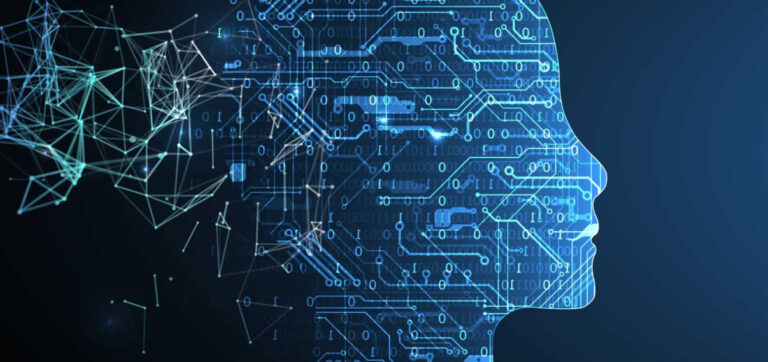What is computer vision?
Computer vision technology enables machines to interpret and understand visual information from the world around them. These image processing techniques approximate how human vision works. Computer vision is useful for tasks such as recognizing objects, identifying patterns, and detecting motion.
At the basic level, computer vision tools first extract features from an image or video, then compare them against known patterns. A match can launch an appropriate pre-defined action. A car, for instance, could respond to a stop sign by braking.
Until recently, computer vision systems depended on rule-based algorithms, which could only handle what was explicitly programmed into them. In real-world conditions, their performance dropped dramatically. Lighting, for instance, is rarely ideal, and objects are often obscured or seen at an angle.
This changed with the introduction of machine learning.
What is machine learning?
Traditional computer programs need precise instructions to perform a specific task.
Machine learning (ML), however, does not depend on such pre-programmed rules. Instead, ML programs “learn” how to do specific tasks by extracting patterns from their training data. Crucially, they can then apply these patterns to data they have not encountered before.
ML algorithms essentially mimick how humans learn – by generalizing from examples. Some of them, especially deep learning approaches, even use artificial neural networks. As they learn, they change the parameters of these networks.
Additionally, machine learning models can continue to learn: They can improve their performance by processing new data and updating their parameters accordingly. This ability is a key advantage of machine learning over traditional rule-based algorithms.
How machine learning benefits computer vision
Using machine learning methods, developers can train computer vision models on large sets of example images. This is much easier than explicitly programming them to detect, say, every possible street sign. Additionally, they can constantly improve them with new visual data.
ML-based systems also perform better.
Compared to the older, rule-based approach, machine learning-based computer vision software is more accurate and robust. Modern systems can handle a wider range of tasks and variations in the input data.
However, machine learning also demands large amounts of labeled data, and training requires a lot of computing power. This makes their development fairly expensive.
For many common use cases, though, companies can use pre-trained models through an API or SDK rather than developing their own. In this case, the vendor works on continually improving the software and provides updated versions of its model to the client at regular intervals.
Use cases of machine learning-based computer vision
Computer vision technology excels at:
- Quickly detecting and counting objects
- Recognizing even subtle changes (e.g., movement)
- Detecting deviations from an ideal state (e.g., production errors)
This makes computer vision especially well-suited for applications in the manufacturing industry, such as monitoring output and detecting faulty products. It can also be used to enforce safety regulations, e.g., by checking if every worker is wearing a helmet.
Agriculture, too, can benefit immensely from computer vision tools. Camera drones, for example, can fly over plots and process the images to detect anomalies, such as diseased plants. Another use case is livestock monitoring, where computer vision can instantly flag unusual behavior.
Besides these novel use cases, ML-based computer vision can also be used to improve existing technologies.
We use the machine learning system TensorFlow in tandem with the computer vision library OpenCV to improve our SDK’s data capture capabilities to previously unseen levels of performance.
This makes it possible to scan barcodes in milliseconds, detect and scan any document and extract various kinds of data from different sources.
Are you interested in integrating powerful scanning functionalities into your mobile or web app using an SDK? Then feel free to get in touch with our solution experts. We look forward to finding the best approach for your individual use case.
